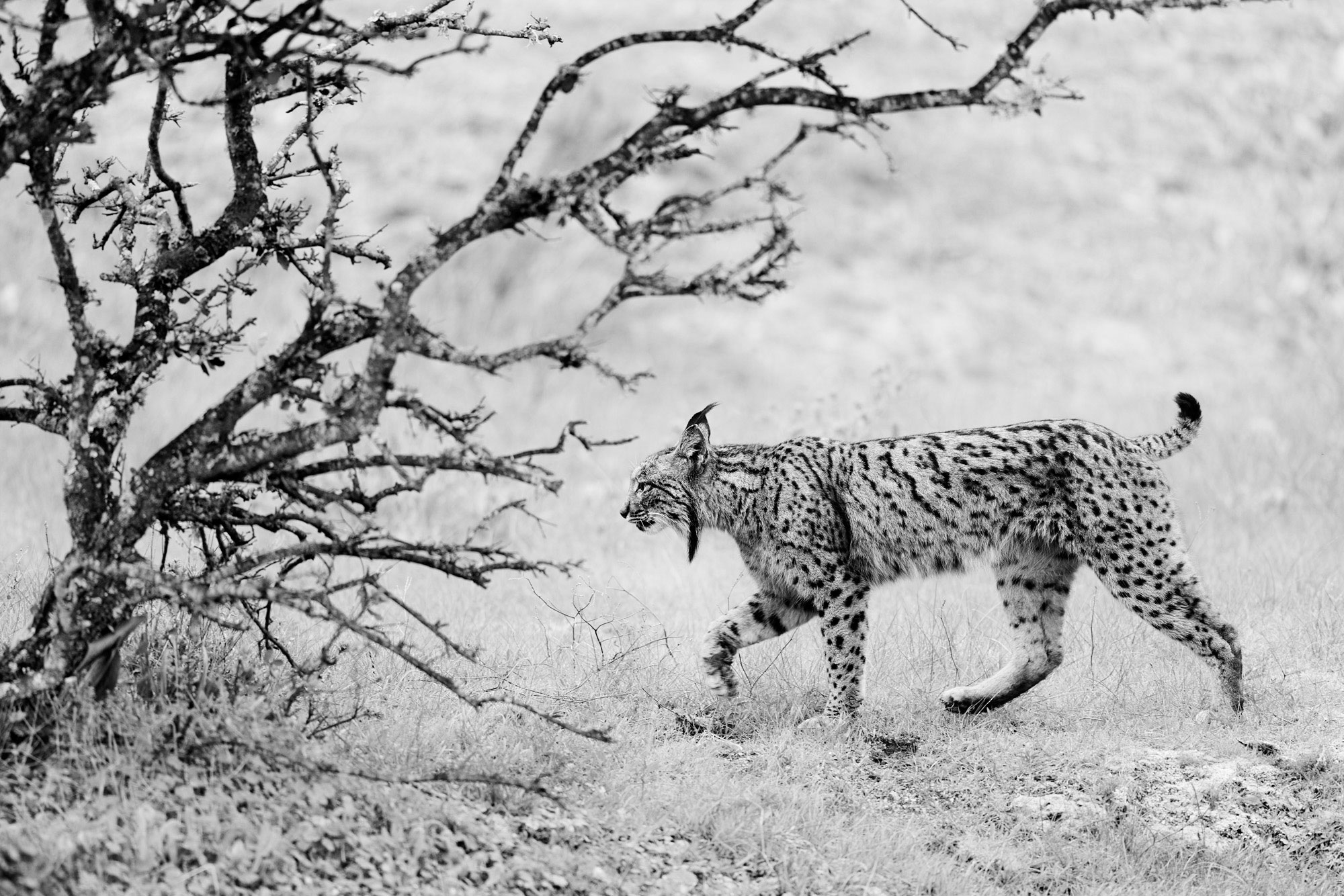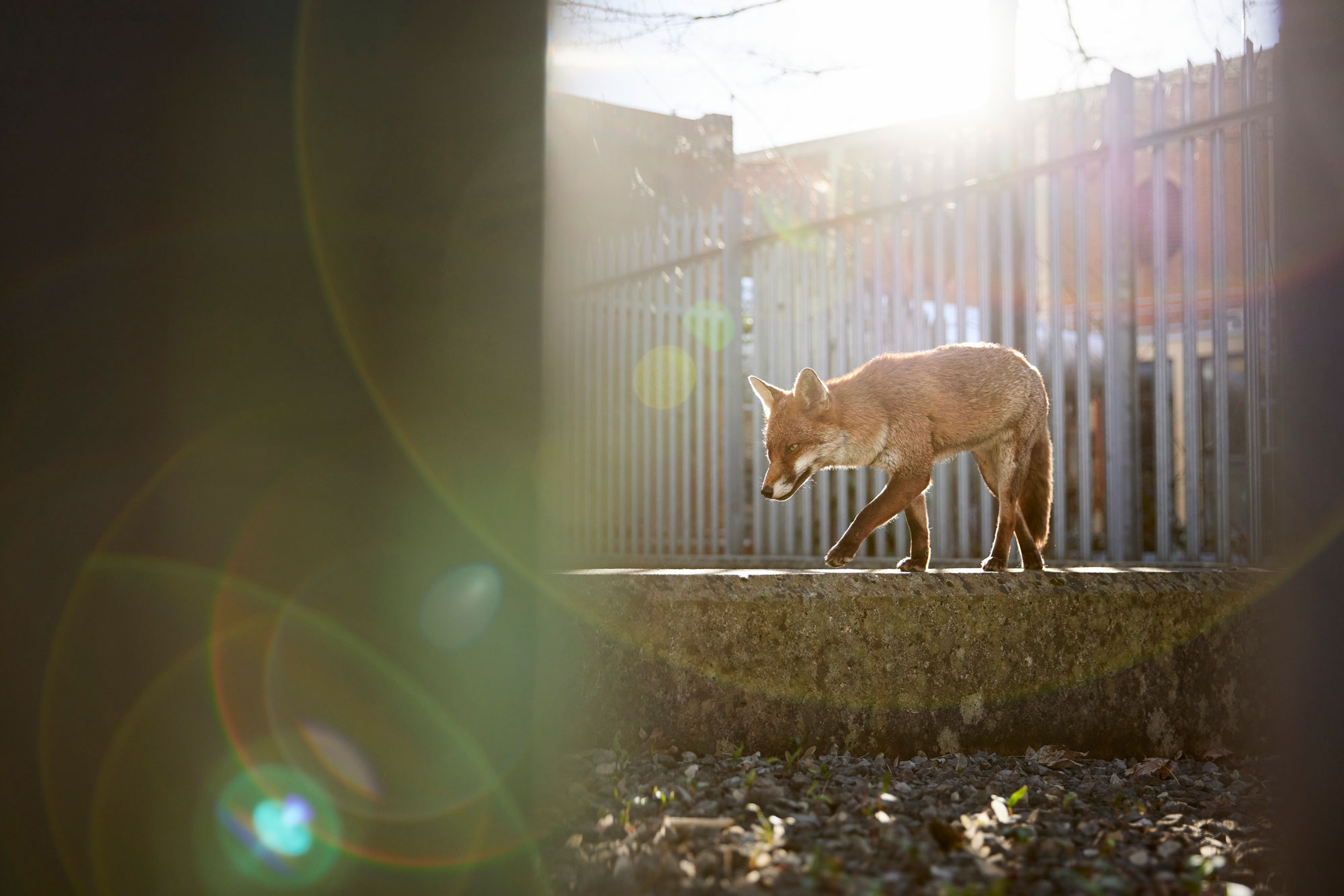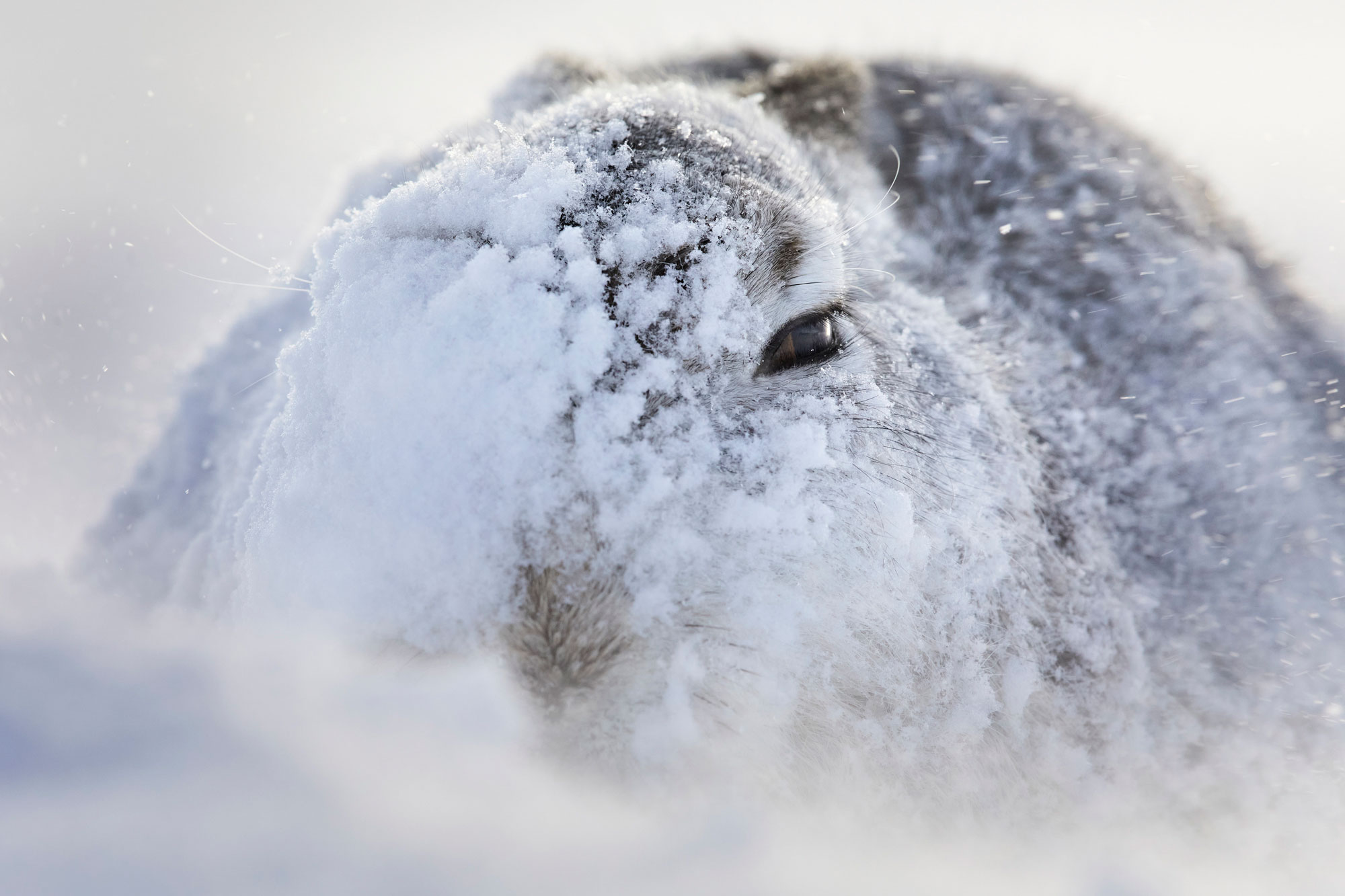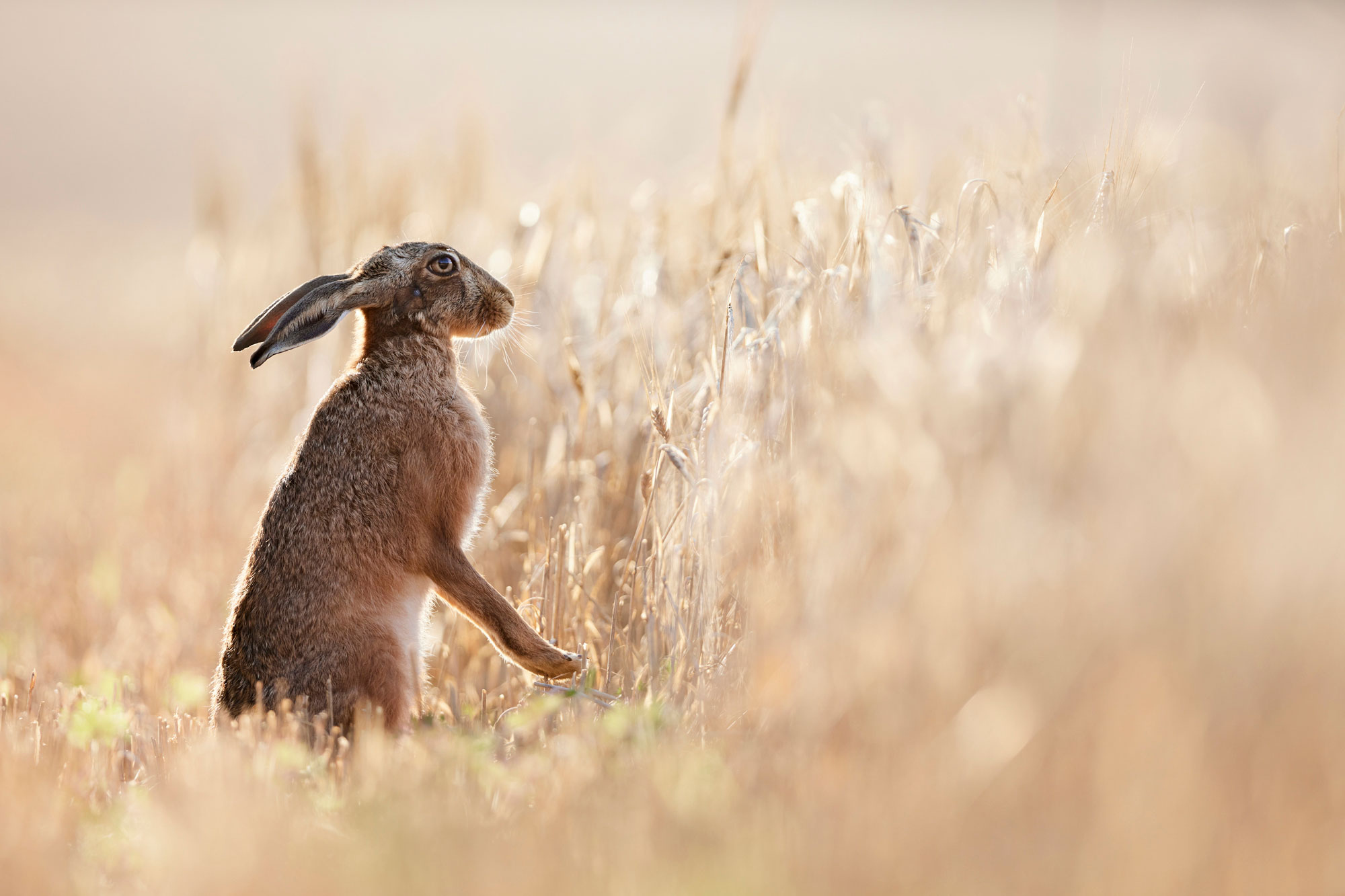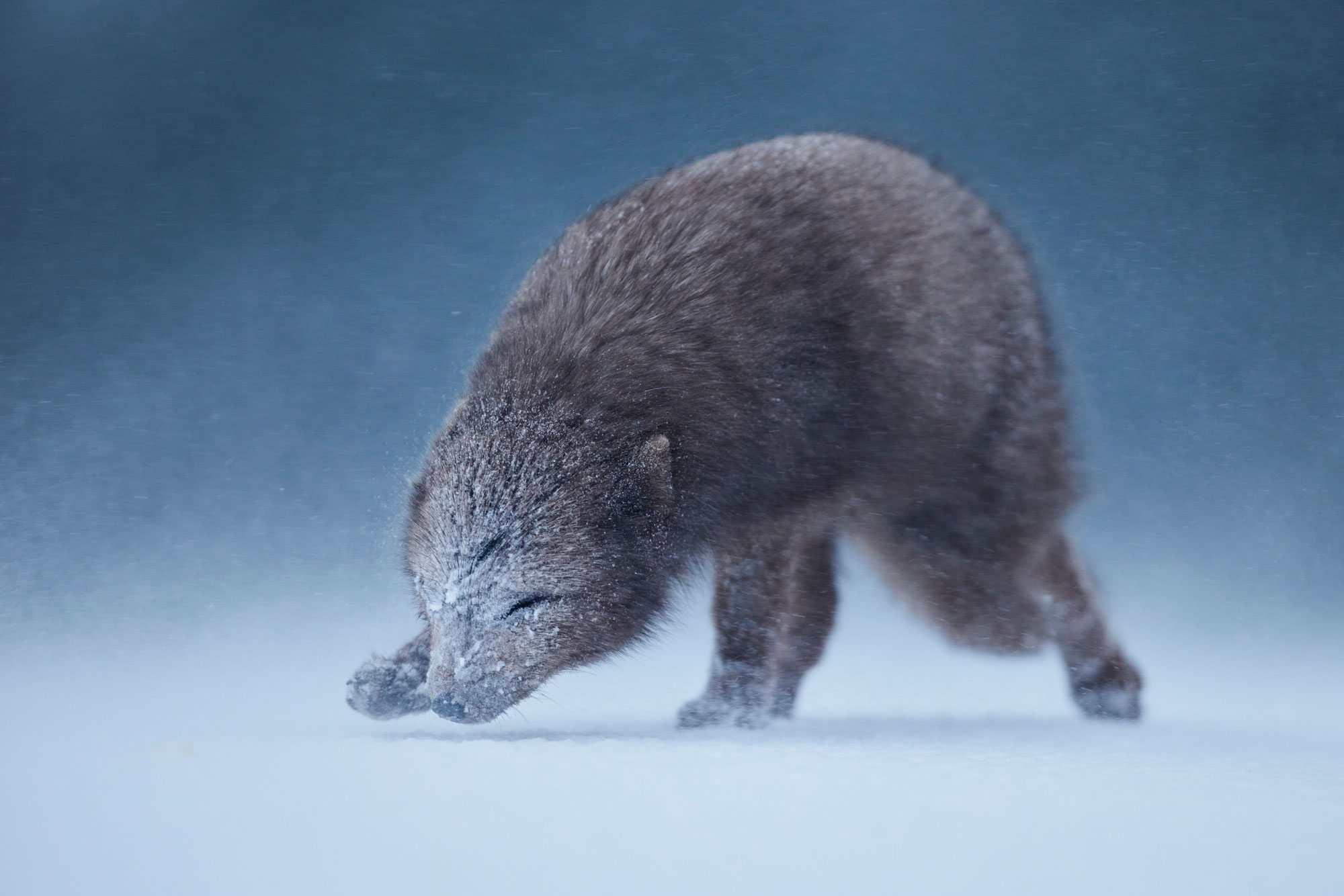CREATIVE WILDLIFE PHOTOGRAPHY
Hey everyone, thanks for stopping by. I’m Simon Withyman, a UK based photographer driven by a passion for wildlife and storytelling images.
I have a mild obsession with photographing anything with whiskers, especially foxes and hares, along with many other species that call the UK their home.
I’m really proud to say that some of my work has been included in the prestigious Wildlife Photographer of the Year, MontPhoto and the British Wildlife Photography Awards.
My website showcases portfolios from my wildlife adventures and ongoing projects I’m working on close to home.
Filming consultant services, striking fine art prints, one-to-one photographic tuition and talks for events are all available. Please get in touch to find out more.
CREATIVE WILDLIFE PHOTOGRAPHY
Hey everyone, thanks for stopping by. I’m Simon Withyman, a UK based photographer driven by a passion for wildlife and storytelling images.
I have a mild obsession with photographing anything with whiskers, especially foxes and hares, along with many other species that call the UK their home.
I’m really proud to say that some of my work has been included in the prestigious Wildlife Photographer of the Year, MontPhoto and the British Wildlife Photography Awards.
My website showcases portfolios from my wildlife adventures and ongoing projects I’m working on close to home.
Filming consultant services, striking fine art prints, one-to-one photographic tuition and talks for events are all available. Please get in touch to find out more.
FEATURED PORTFOLIOS
CREATIVE WILDLIFE PHOTOGRAPHY
Hey everyone, thanks for stopping by. I’m Simon Withyman, a UK based photographer driven by a passion for wildlife and storytelling images.
I have a mild obsession with photographing anything with whiskers, especially foxes and hares, along with many other species that call the UK their home. My website showcases portfolios from my wildlife adventures and ongoing projects I’m working on close to home.
Filming consultant services, striking fine art prints, one-to-one photographic tuition and talks for events are all available. Please get in touch to find out more.

